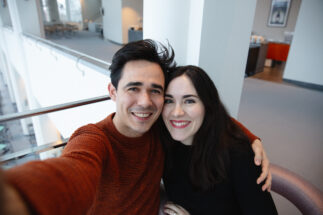
Ballet pianist Marja-Kaisa Mäkinen
Marja-Kaisa Mäkinen works as a rehearsal pianist at the Finnish National Ballet.
“I discovered and immediately fell in love with piano playing and classical music thanks to my teachers Sinikka and Vesa Rautavirta. I went to primary school in Pertunmaa in a small and idyllic village school, where every student had the chance to try out playing the piano. I was so enthusiastic about music that in my second year I got in to study at the Päijät-Häme Conservatory in Lahti. In addition to looking after the farm and caring for the cows, my parents organised my travel to piano lessons and music theory classes every week, though the journey took an hour each way. After my matriculation examination I was accepted as a student at Sibelius Academy, and once I graduated from there, I worked as a piano teacher for some years.
I ended up at the Opera House by chance. I happened to see a job advertisement, in which the Finnish National Ballet was looking for ballet pianists. When I made it through the auditions and was chosen for the position, I had no idea what to expect. There is no specific education in Finland for the profession, so I mainly learned on the job while observing other ballet pianists at the rehearsals and ballet classes, as well as from watching videos. My introduction to ballet was fascinating but scary. All the hustle and bustle and high expectations made my head spin to start with.
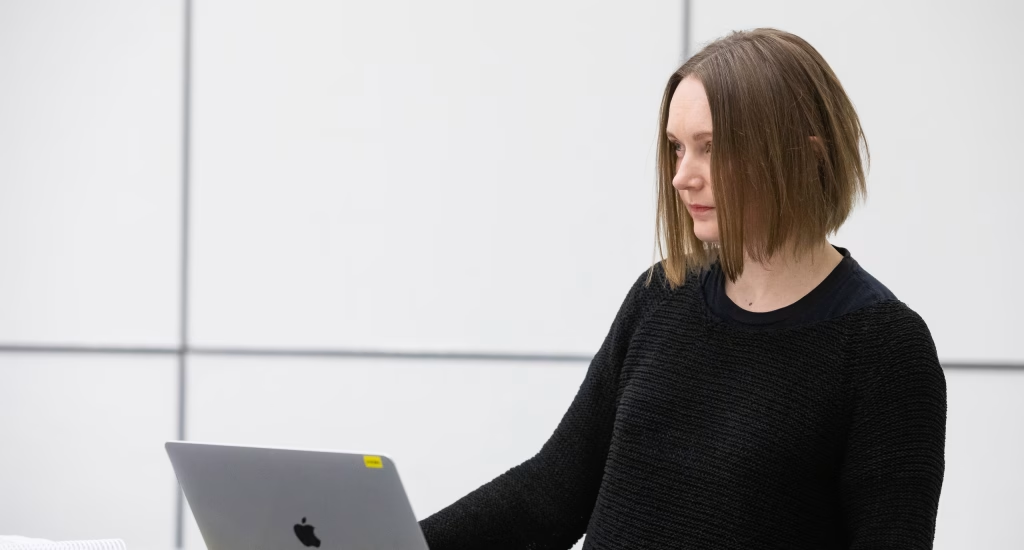
In a way, ballet pianists have two jobs. The first is to provide piano accompaniment to the ballet classes supervised by visiting teachers and in-house ballet masters, in other words the morning rehearsals. These classes involve a variety of barre work as well as pirouette and jump sequences. Every teacher has their own style, and it’s important for the music to match the teacher’s preferences, teaching methods, and the sequences of movements being rehearsed. We find and choose the music for the morning classes ourselves, so I get to play music that means a lot to me: for instance my totem songs, or film and popular music. I have time to play dozens of pieces during a single ballet class, so I constantly keep my ears open for new melodies. It’s always nice when a dancer comes up to you after a class and asks what a certain song was called. It’s a matter of honour to us at the Opera House that our rehearsals are accompanied by live piano. Retired dancers often say how much they miss hearing live music every morning.
The second half of the job is production rehearsals, in which we practice for the performances. These rehearsals usually begin six weeks before the premiere. Us pianists familiarise ourselves with the score and the work as a whole beforehand, for example by watching recordings of past performances and of course by playing. At the rehearsal we constantly make notes on the score to be aware of the choreography we are accompanying. This enables us to play exactly the right part of the score for whatever is being rehearsed.
Piano scores are not available for every ballet, however. On those occasions we play recordings of the music on the computer. Usually this happens when the ballet choreography has been set to a symphony, concerto, or choral music. Even playing the recordings is interesting, however, as I can pay more attention on the dancers and the score when I don’t have to worry about my own playing.
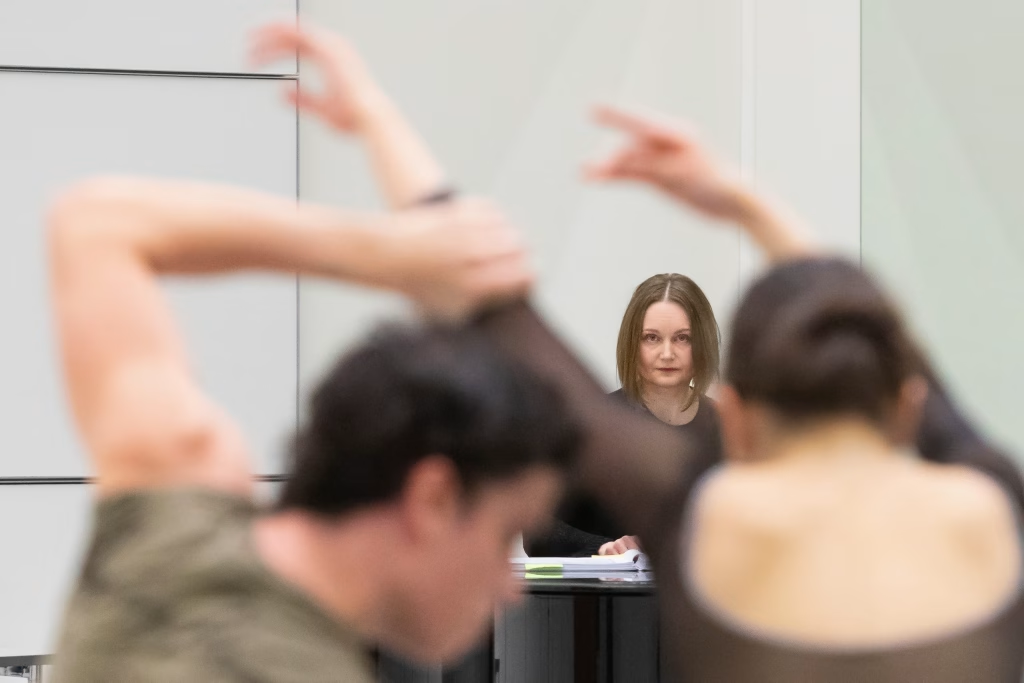
Just like ballet dancers, we work a six-day week. The working day starts at 10 a.m., but usually I come in to warm up and get ready for the day a little earlier. The production rehearsals start at 11:30 a.m. and last until 5 p.m. On top of this, we have a warm-up class from 6 p.m. to 6.30 p.m. on performance nights. As a general rule, the pianist goes home when the audience sits down at the auditorium.
It’s incredibly fascinating to follow the entire journey of a performance from the rehearsal room to the stage. The rehearsals move to the stage a couple of weeks before the premiere. The orchestra is not yet involved in the very first stage rehearsals, so the conductor initially leads just the pianist while getting to know the score and the dancers. Even after the premiere, we continue to practice the most difficult parts of the performance every day. Typically we work on two to three productions in tandem.
You can always sense the approach of a new premiere. The first stage rehearsal with the orchestra, sets and lights, and the dancers in full costume and make-up, gives me goosebumps every time. I remember how amazing it was to see the waltz of the snowflakes for the first time in The Nutcracker and the Mouse King. Even now that scene still moves me every time.
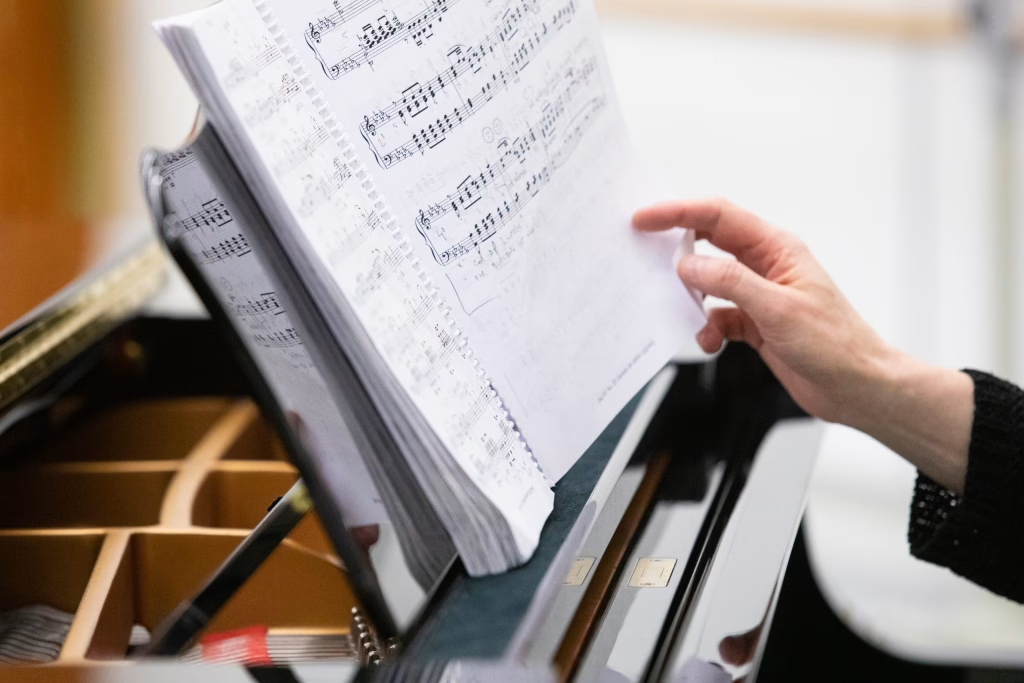
Being a ballet pianist is, in fact, very much a service profession. What matters most is not how good I am as a musician but that the rehearsal goes as smoothly as possible. I would say that being a ballet pianist requires just the right combination of humility and guts. This is hardly the job for someone who loves performing, though, as we are pretty much invisible when things go right.
You do need piano playing skills to thrive in this role, too, along with the ability to improvise, creativity, good memory, focus, collaboration skills, flexibility, and tenacity. On average, a full-length ballet involves playing more than 200 pages of music, meaning that the pianist works up a sweat, too.
I feel privileged to have a job that involves playing wonderful music and working with talented people. Ballet dancers are true superhumans, and it’s fascinating to observe them closely. I also have great respect for the conductors who must use all their music and diplomatic skills to solve the complex tempo challenges of ballet. The role of the conductor is absolutely crucial, as it’s the conductor who makes the dance and music come together at the performance. As if all this weren’t enough, my workplace is also the most scenic in town. It’s genuine everyday luxury to walk down the corridors of the Opera House, surrounded by the glorious costumes, and listen to the music from the stage through the loudspeakers.
Though it may sound clichéd, what I still like best about my job are my colleagues Ulla and Dmitry. We have worked together for a long time and support each other through thick and thin. The Opera House is full of admirable people with amazing skills, who are always willing to help each other. Besides ballet professionals, we work closely with people from the music library, sound department, production, and stage and orchestra technicians, to name a few.
The hardest part is that you have to be able to learn and absorb something new every day, something about yourself if nothing else. The work is fast-paced and situations can change at a moment’s notice. Sometimes it’s difficult to stay calm in the midst of all the frenzy. What’s more, working days are often long during the performance season, and you don’t always feel like the one day off gives you long enough to recover. It’s all too easy to take work home with you, too, as playing the piano requires practice, and you have to come to the rehearsals as well prepared as you can.
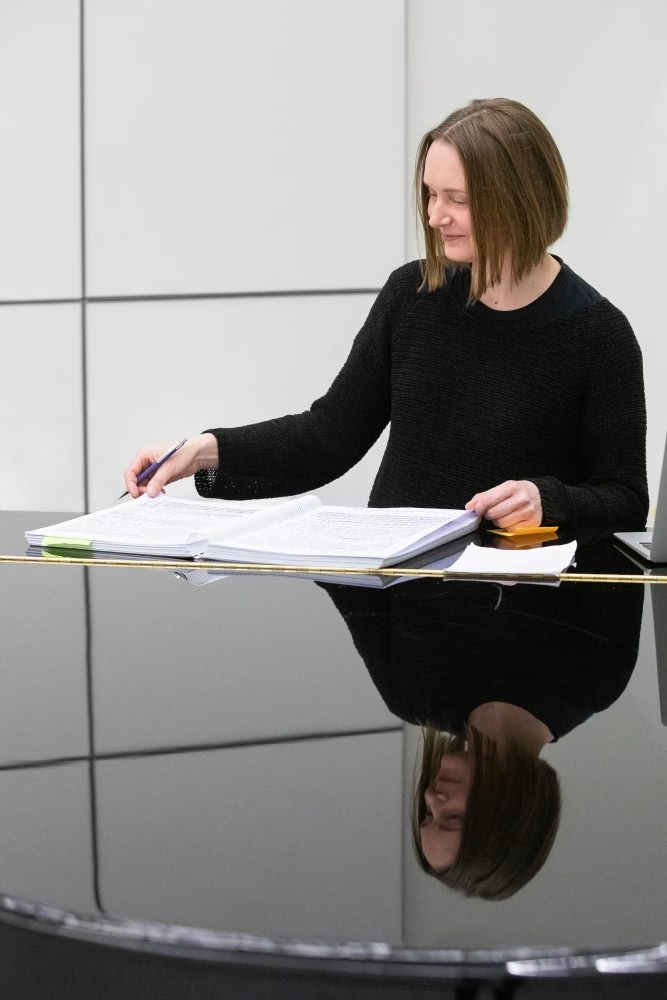
My favourite ballet is Prokofiev’s Cinderella. It was the first ballet premiere of my career in which I was involved from the very start. It’s lovely to play Cinderella’s wonderful music, so I’m always hoping for its return to the repertoire. Spartacus also stuck with me, as it was inspiring to discover the work for the first time. Swan Lake is always impressive. The piano score has some difficult parts, which you have to learn again every time, but I like the fact that even familiar works still have their challenges.
What I enjoy most in my free time is the silence and the fact I’m not obliged to do anything. As the length of my working day varies so much, it’s difficult for me to commit myself to regular hobbies. I like reading and visiting where I grew up. In summer, I love spending time at my summer cottage in the countryside. That’s where I don’t even touch the piano. I’ve noticed that taking a couple of weeks’ break from playing does me a world of good.”
Text PAULA RANTO
Photos MIRKA KLEEMOLA
Recommended for you
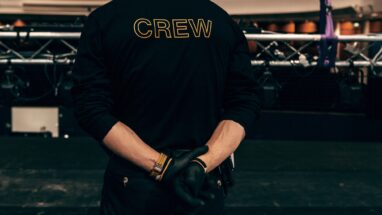
Peek behind the scenes: professionals present their tools
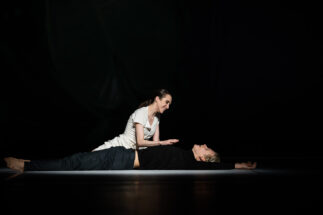
Thomas Mann and the anatomy of longing
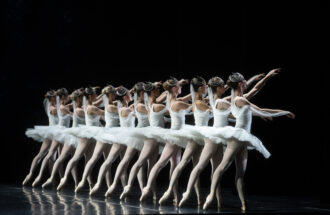
A beginner’s guide to ballet
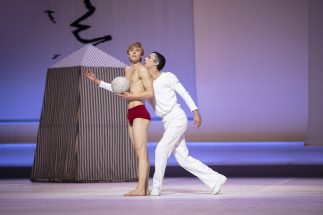
”The love that dare not speak its name”

OopperaLooks – Dressing up for the opera and ballet
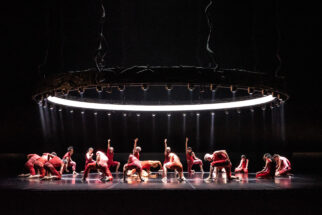
A ballet music revolution
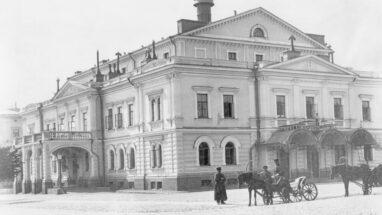
The Finnish National Opera and Ballet through the decades
